When it comes to orthodontic treatment, there are several types of braces available, each with its own set of pros & cons. At your initial consultation, we will determine what type is best for your unique needs and lifestyle. Below, we provide a more detailed look at two common types: traditional metal braces and self-ligating braces.
Traditional Metal Braces
Traditional metal braces are the most traditional type of braces. Here are some key points about traditional metal braces:
Colors: Patients, especially children and teenagers, can choose colored ties (elastics) that hold the wire to the brackets. These can be changed at each appointment, allowing for personalization and fun.
Treatment Time: Traditional braces generally have a longer treatment time compared to newer technologies. This is because the adjustments that need to be made to the wire and brackets can be more manual and incremental.
Maintenance: These braces require careful cleaning as the brackets and wires can trap food easily. Good oral hygiene is crucial to avoid issues such as plaque buildup and gum disease.
Office Visits: Patients usually need more frequent office visits for adjustments, which might involve tightening the wires and changing the elastics.
Pressure: Traditional braces often apply more pressure initially and during adjustments, which some patients might find uncomfortable.

Self-ligating braces are a modern alternative to traditional braces and use a different mechanism to hold the wire in place. Here are the details about self-ligating braces:
Mechanism: Instead of elastics or ties, self-ligating braces use a small door or clip to secure the wire. This reduces the friction between the wire and the bracket, allowing the teeth to move more freely.
Treatment Time: Often, the treatment time with self-ligating braces can be shorter due to the efficiency of the system. The decrease in friction and the ability to often use lighter, more biologically sensible forces can accelerate tooth movement.
Office Visits: Fewer adjustments are required, which means fewer trips to the orthodontist’s office. This is convenient for patients with busy schedules.
Comfort: Many patients find self-ligating braces to be more comfortable than traditional ones because they exert less pressure on the teeth.
No Colors: Since there are no elastics, patients do not get to choose colors, which might be a downside for younger patients looking for a more personalized look.
Additional Options
Ceramic Braces: These work like traditional braces but have ceramic brackets that are tooth-colored or clear, making them less noticeable.
Lingual Braces: Positioned on the back side of the teeth, lingual braces are completely hidden from view. They can be more difficult to clean and might be uncomfortable for some due to their proximity to the tongue. Because of the discomfort we do not offer this option in our office.
If you are looking for an Orthodontist in Escondido and want to learn more about braces or clear aligners, we can’t wait to review our options with you! : ))






